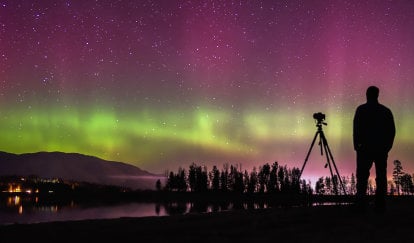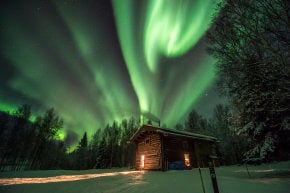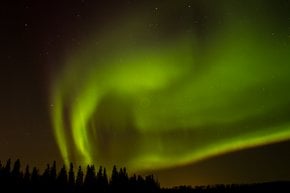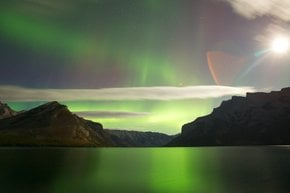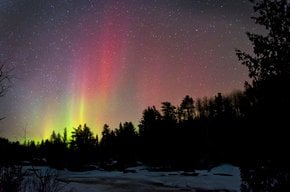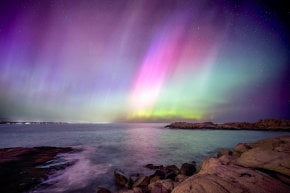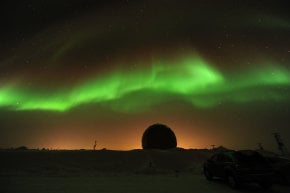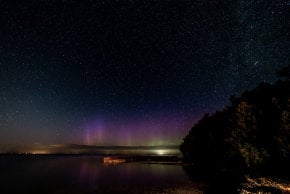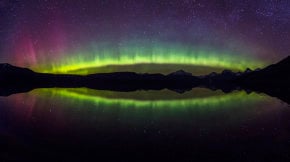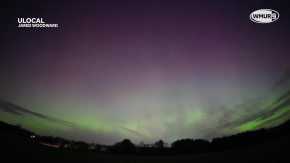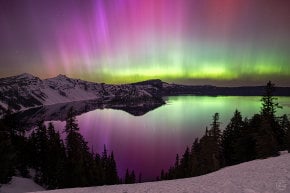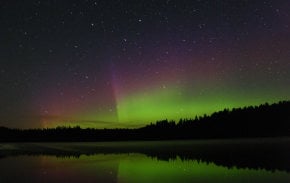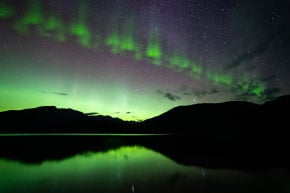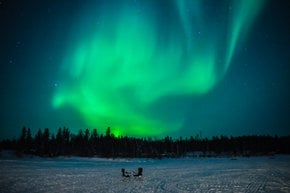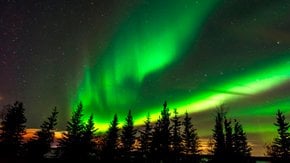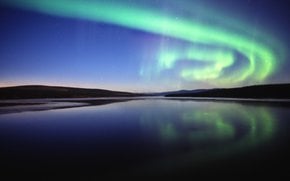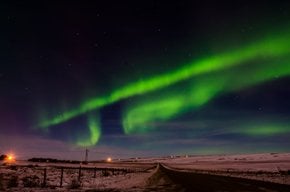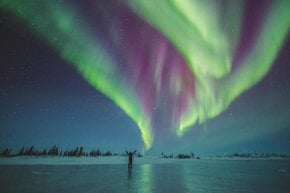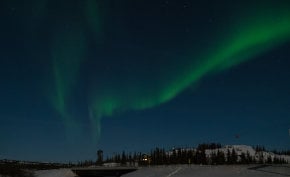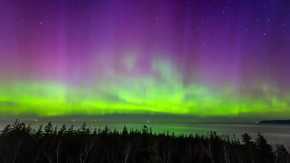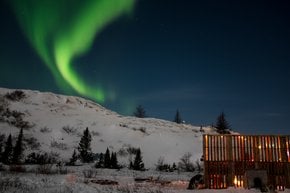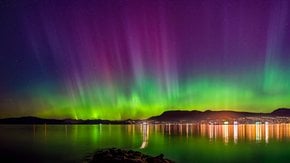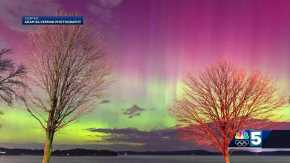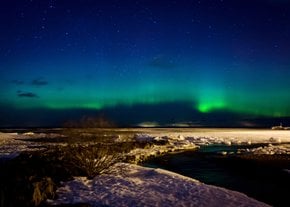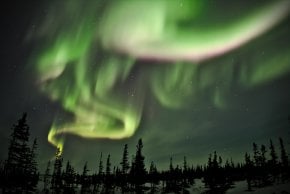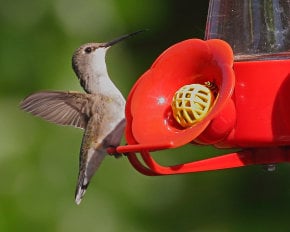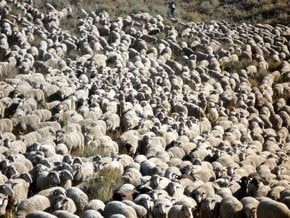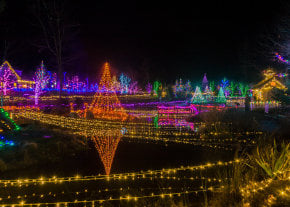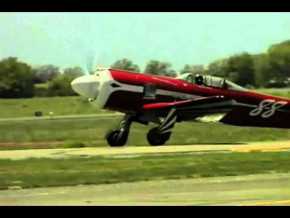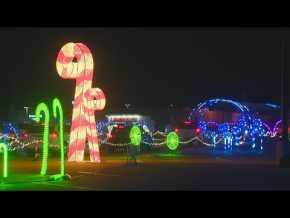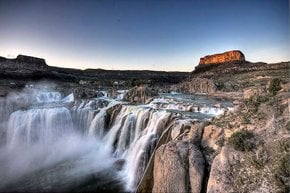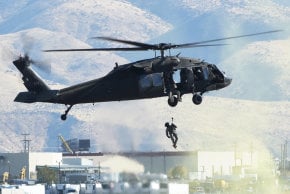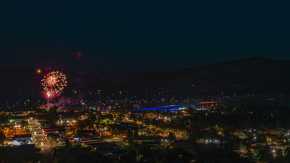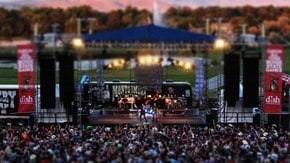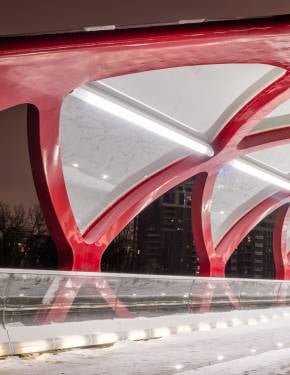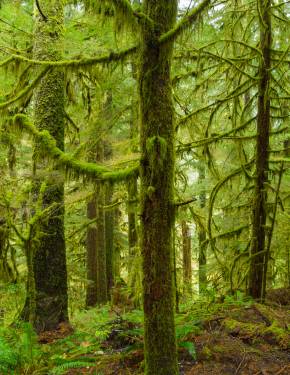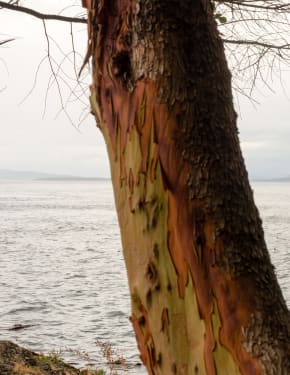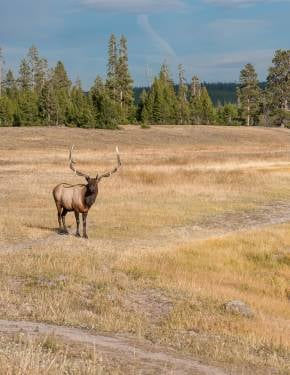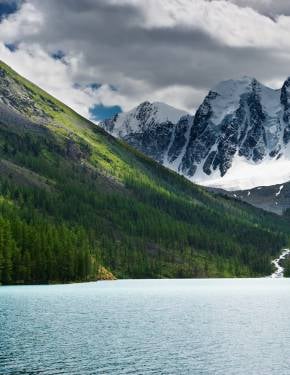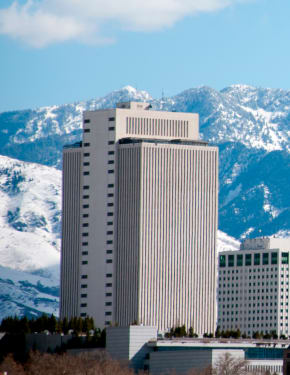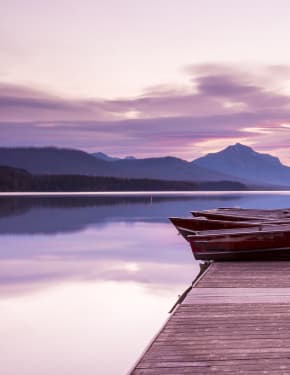Northern Lights in Idaho 2025-2026
The recipe of aurora encounter in Idaho is a mixture of luck, patience, persistence, and low expectations, yet chances are real!
Best time: September–March
The premier location for viewing the northern lights in the US is undoubtedly Alaska, but the aurora borealis occasionally graces other northern states as well. Idaho, with its dark skies and vast horizons, offers promising prospects for witnessing this natural phenomenon. However, conditions must be just right, and predicting these events in advance is challenging.
When can you see the Northern Lights?
Depending on the solar activity, the season when it's more likely to happen stretches roughly from September through March, and sometimes beyond. The best time is a dark and clear night between 10 pm and 2 am. This year, locals were able to observe the aurora borealis in mid-May due to a coronal mass ejection from the sun, which sent plumes of solar material toward Earth.
Aurora Forecast
Forecasting the aurora borealis can be challenging, with predictions often available only a few days in advance. Despite the uncertainty, checking official prediction websites can increase your chances of witnessing this mesmerizing natural phenomenon. Check the websites of the NOAA/NWS Space Weather Prediction Center, University of Alaska Fairbanks, which publish aurora forecasts. The key is to look for a forecasted Kp index of four or higher.
Where to find aurora borealis in Idaho?
Panhandle National Forest
Northern Idaho naturally boasts the most frequent and vibrant exposures of the polar lights. In the Panhandle National Forest, visit Schweitzer Mountain Resort, just 12 mi (20 km) northwest of Sandpoint. Schweitzer offers spectacular mountain peak views and ski lift rides to the top in summer. After an evening hiking the Selkirks and picking huckleberries, stay for nature’s light show.
Also, you can head to Priest Lake in far-northern Idaho, which is considered to be the most reliable location for viewing the northern lights. Visit Hill's Resort for a great shot of aurora reflections. The resort offers clear views, sandy beaches, and fire pits, which makes waiting for the aurora almost as enjoyable as the show itself. They are usually amenable to turning off the marina lights for night-sky enthusiasts. The nearby beach in front of the Priest Lake Museum is another excellent spot to see the northern lights of Idaho.
Heyburn State Park
Another picturesque location to capture aurora dancing across the skies is Heyburn State Park on Chatcolet Lake, tucked between Plummer and St. Maries. Explore scenic lookouts opening from the Trail of the Coeur d'Alenes that traverses the park. You'll want to capture the lights flickering on the horizon with the iconic bridge in the frame.
US-95 north of Moscow, ID
A drive along the US-95 could take you right to a spectacular celestial show. Watch out for the northern lights as the highway winds by the rolling Palouse plains just north of Moscow, ID. As long as you're on a road trip, continue your adventure through to Tensed and further north until you feel like taking a break.
Northern Lights in Boise
If you're in the city, consider a short drive to Bogus Basin, a local mountain resort north of Boise offering winter sports like skiing and snowboarding, as well as summer activities such as a mountain coaster. For a better chance of seeing the aurora, head to darker areas with minimal city lights. Some recommended spots include Blacks Creek/Bonneville Point, Lucky Peak, Horseshoe Bend, and Shehewoki'l Newenee'an Katete (formerly Squaw Butte) near Emmett.
South Idaho
If you're in south Idaho, the best way to view the aurora borealis is to head into the mountains, away from city lights. In the Stanley or Sun Valley areas, you'll find excellent viewing spots. For those in Idaho Falls, Island Park or the Tetons are ideal locations. If you're near Pocatello, drive southeast into the highlands, and for those around Twin Falls, Mount Harrison, or the Camas Prairie to the north can offer great views.
Craters of the Moon National Monument & Preserve
During solar storms, the northern lights are also visible from southern Idaho. Try to catch the otherworldly shimmer above the Craters of the Moon National Monument, where the skies are dark enough to make your dream come true.
Tips for catching Northern Lights
If you missed the northern lights before, remember they don’t need to be directly overhead and can be visible from over 600 miles away. Escape city lights and obstructions, look north a few hours after sunset, and watch for colors like green, pink, and red. Colors are often most vivid around midnight. Modern smartphones, like the iPhone 14, can capture the aurora well, especially with night mode and a steady hand or tripod.
Visitor Reviews
Rove.me reached out to Larry Medina from Idaho City, Idaho, to hear about his experience viewing the Northern Lights in his home state. On Saturday, May 10th, Larry set out at 10:20 pm, hoping to catch a glimpse of the auroras. "It got spectacular around 11:45, and we stayed out until past 1:20," he shared.
Larry’s encounter with the Northern Lights far exceeded his expectations. "The colors were amazing, and above our heads, it felt like supersonic speed pulses of energy." Despite having taken cruises to Alaska, Iceland, and Norway without seeing the lights, this Idaho experience made up for it.
When asked for advice for future aurora chasers, Larry emphasized patience and luck. "Monitor sun activity, but relax, as there are many nights you won’t see it. Your phone will amplify the colors 2x, so it helps a lot."
He’s already planning a trip to Fairbanks, Alaska, this December, hoping for another magical encounter with the Northern Lights.

